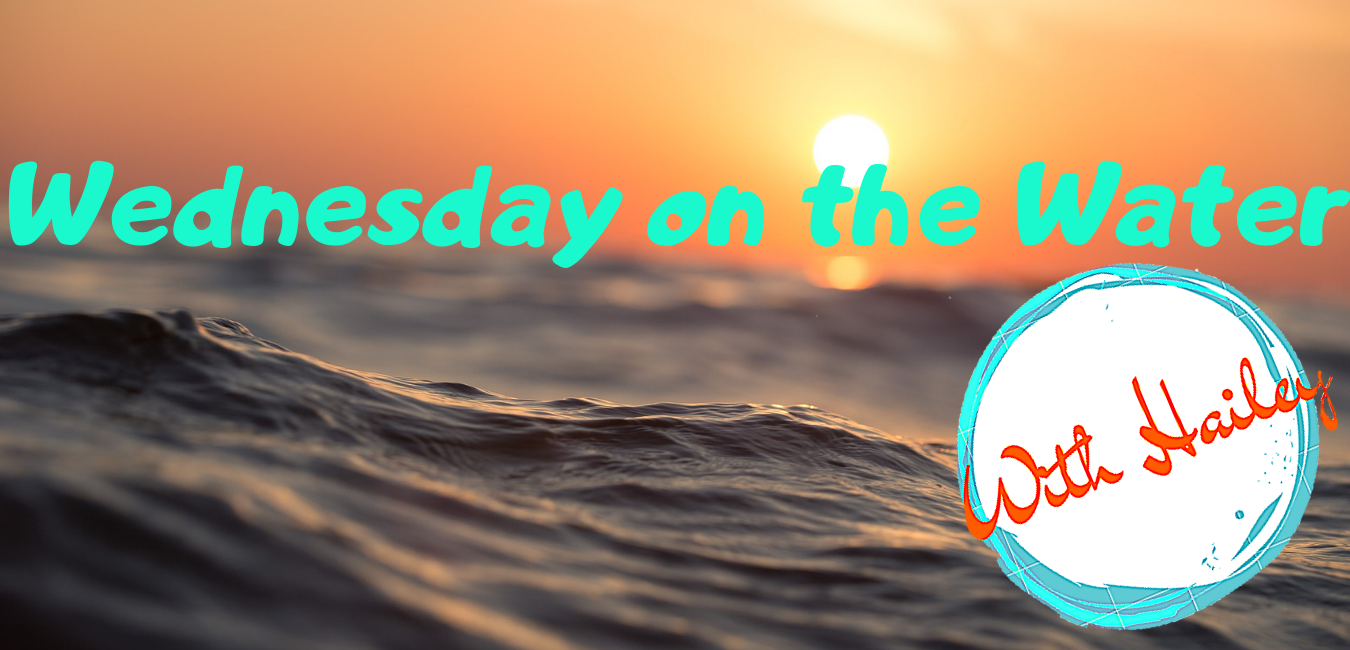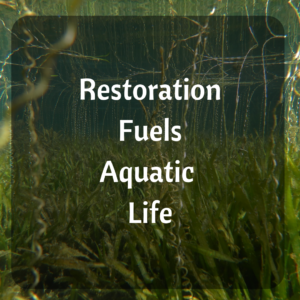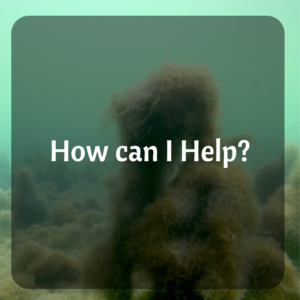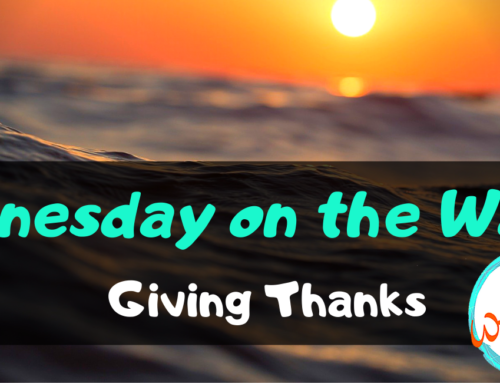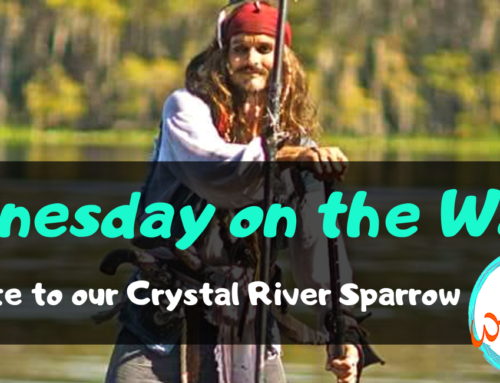Summer time comes with many seasonal factors. In Florida, one of those main factors is rain (A LOT of rain). All of the moisture adds to the growth of our starving yards. It also adds a lot of new fertilizers, and nonpoint pollutants into our waterways, which feed some of the more intrusive submersive plant species. The whole process can lead to outbreaks of many aggressive aquatic plants that may play bandit in our waterways. For example, filamentous Lyngbya, hardy Hydrilla verticillata, and sneaky Green algae will make their way into the ecosystem.
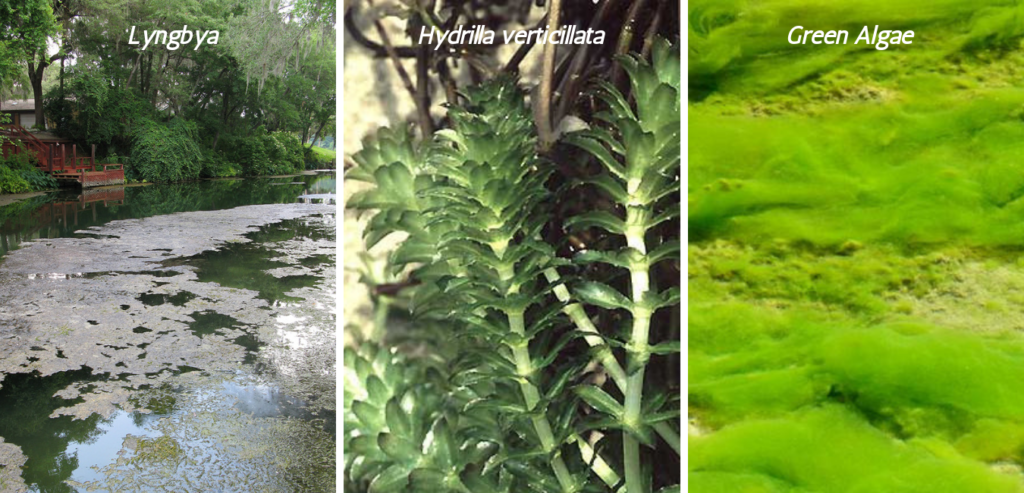
So what exactly is my point? Well, unfortunately those aggressive plants will overrun the native plants that our Florida fish, waterfowl, turtles, and manatees really enjoy. They also cover a lot of surface area, prove extremely hard to eradicate, and these plants can actually lower property value. Native plants provide habitat and play a very important ecological role in wetland environments. Due to their interference it is important to make sure our native wetland plants are protected and we avoid promoting the overgrowth of the aggressive plant species.
If you are concerned about the turmoil that these plants may be causing your prime waterfront location, then you’ll need some help eradicating them. Multiple sources provide residents help with this type of battle, or you could consider DIY solutions.
Notably, UF IFAS plant management in Florida Waters is a great source to learn how to control some species. Their website is very easy to follow with all the things you should know about wetland invasive plants, and invasive plant management. They even provide plant identification charts for you to use when identifying culprits.
If you decide that it is best to leave eradication to professionals, then all you need to do is contact your local FWC invasive plant management biologists. These biologists can make a visit to the affected area, or give you more information on what management plans are set in a particular place for that body of water. If you are looking for someone that can help you eradicate sludge from a pond, or lake with mechanical tools and paid labor you may be able to find a local aquatic weed control company.
Some control methods can still be DIY without getting other sources involved. For example, Lyngbya can be removed and maintained through aquatic weed rakes bought online or in a local hardware store. Physical hand pulling, and shade mats are also other great ways to maintain small areas of water like a finger canal or a small pond. In any case, it is very important to make sure invasive species are being targeted, and not native species. After all, our goal is to help the natives thrive!
As we all enjoy summer, we should also remember to not over fertilize our lawns or dump chemicals, animal fats, or oils into grassy areas that are close by runoff zones or near shorelines. Invasive species are waiting for us to feed them, and take over our beloved spring fed waterfront. If we maintain these offenders well, water quality and aquatic ecosystems will thank us in the end.


